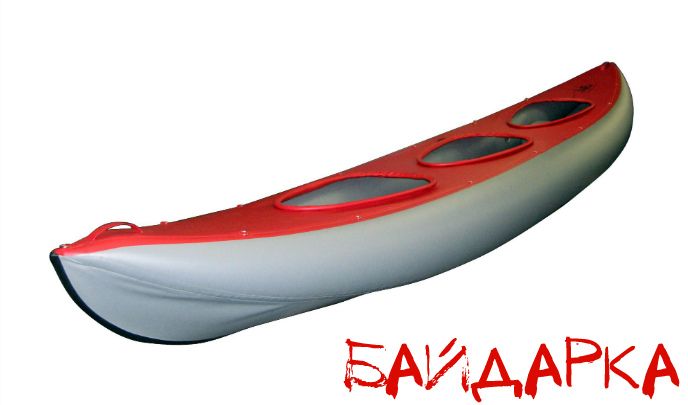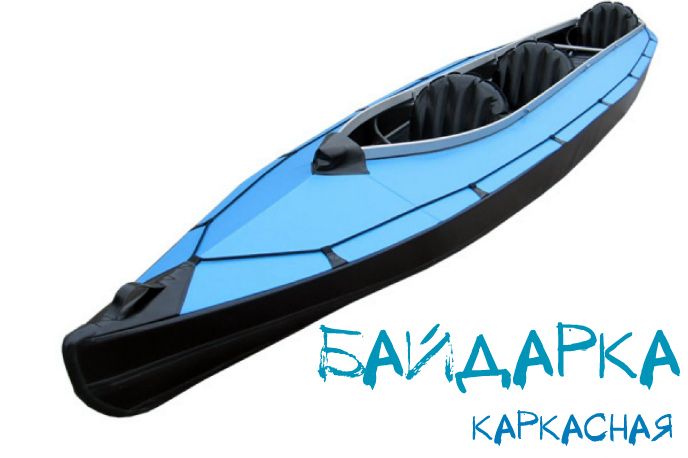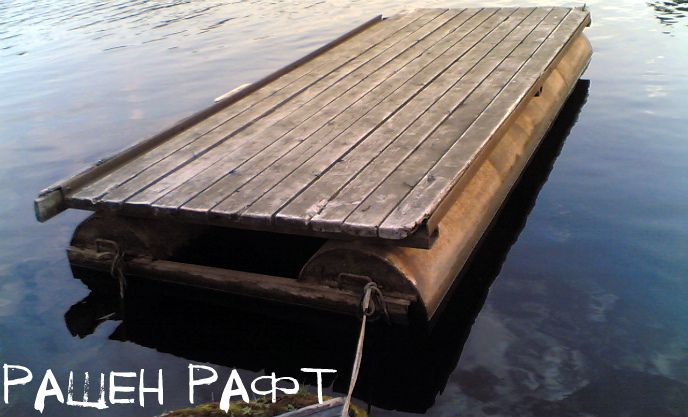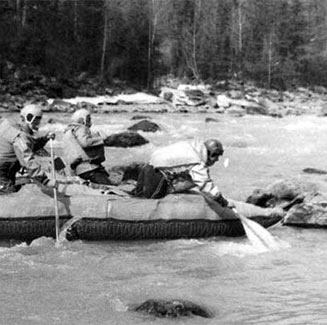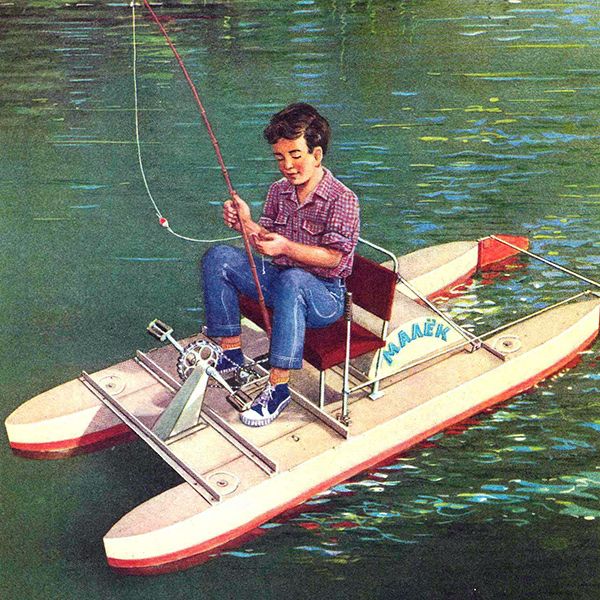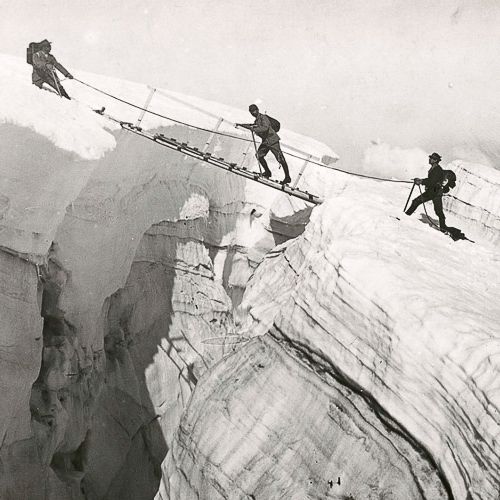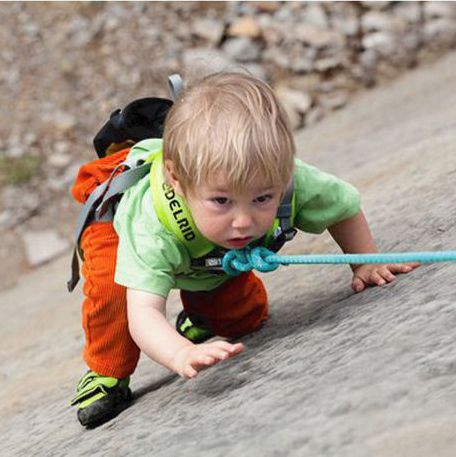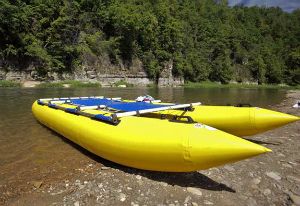 Rafting Crafts
Water tourism is one of the most emotional forms of “wild” tourism.
Rafting Crafts
Water tourism is one of the most emotional forms of “wild” tourism.
It has everything: complete immersion in nature, autonomy, and pleasures unattainable in city life (fishing, for instance!). Here, one can quickly advance from a naive, inexperienced beginner to a rugged, stubble-faced expert.
The rivers in our country offer vast opportunities for exploration: you could float down a tranquil taiga river in warm company with friends. Or you could challenge a mountain river somewhere in the Caucasus, the Sayans, or Altai, playing Russian roulette with its rapids.
To make the most of this splendor, you must choose the right rafting craft. Let’s take a look at these vessels, their abilities, and how they differ from each other.
Rafting crafts can be conditionally divided into three classes (just like real warships): light, medium, and heavy class.
There are also intermediate hybrid designs for special rafting occasions and specific localized goals.
- The light class includes kayaks and canoes.
A kayak is a narrow, long, shark-like boat, often intended for a solo occupant (though kayaks can also be two- or three-seaters). Professionals perform amazing feats with them.
For example, if the kayak capsizes (which happens frequently on trips), the kayaker can right it without exiting the boat. It’s like Baron Munchausen pulling himself and his horse out of a swamp by his hair.
This maneuver is called the “Eskimo roll.”
The downside: a kayak is too bulky to transport as it’s non-collapsible. Furthermore, it lacks space for cargo.
Thus, in any water trip, kayakers will need “helpers”—another type of vessel with a crew, carrying their gear.
The most popular and, let’s note, very successful type of craft in this class is the canoe, especially two-seaters. They can be either frame-based or inflatable.
Inflatable canoes are lightweight, compact, and require no assembly. Inflate them with a pump, and you’re ready to go.
But! Inflatable canoes have virtually no keel, making them prone to deviating during paddling, and it takes significant focus and effort to keep them on course.
Also, these canoes are quite unpredictable: like a capricious woman, they might throw a tantrum—plainly speaking, capsize.
The design of a frame canoe is evident from its name. First, you assemble a rigid frame from standard elements included in the kit. The frame material can be either wood or lightweight metal.
There isn’t much difference between the two in terms of assembly or durability; it mostly comes down to personal preference.
The assembled frame is then inserted (or pushed, shoved, wedged) into a waterproof, tough shell as durable as a bison’s hide. And it’s done!
One piece of advice: at least a week before your trip, take time to do a test assembly.
There will likely be moments where you stand over a pile of pieces with frustration, holding the manual and exclaiming, “What were they thinking when they wrote this? It doesn’t fit!”
It’s also a good idea to practice getting in and out of the canoe on water. There are specific tricks to mastering this that you can only learn through practice.
Experience from numerous rafting trips confirms: canoes are well-suited for rivers of lower complexity (you can learn about river classifications not just online, but also by consulting experienced rafters).
They are spacious, fairly stable, swift (on calm water, a coordinated crew can achieve speeds of 7–8 km/h), and arguably the best craft for narrow, fast rivers with rapids no more than 1 meter high.
- The medium class is confidently dominated by catamarans.
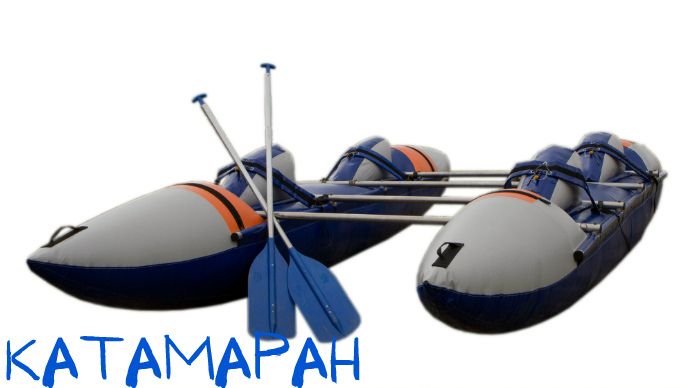 Catamaran for Mountain River Rafting
Catamaran for Mountain River Rafting
Catamarans can be two-seaters or four-seaters, depending on the crew size. Two-seaters are more similar to canoes in terms of performance and safety and are rarely used in fifth- or sixth-complexity category rafting.
But four-seater catamarans can often outperform heavy-class crafts—rafts. The General Appearance of the Catamaran is something everyone likely imagines: two elongated longitudinal pontoons connected to a rigid frame, with four rowers aboard. The pontoons are double-layered: an inner layer made of airtight fabric and an outer layer of smaller diameter, crafted from dense and durable material. The frame can be metallic, made from lightweight metal, though it can also be constructed from wood on-site. In this case, of course, the catamaran might lose a bit of its elegance.
Nowadays, one can purchase a catamaran or even customize it to their preferences.
Let’s take a moment to explore the history.
History of Catamarans
Here, we, citizens of Russia, can take a little pride. If Russia isn’t the birthplace of elephants, it certainly is the birthplace of tourist catamarans.
In the Soviet Union, the catamaran was widely and frequently used as a rafting vessel. Since there was no factory production of catamarans, everyone made them at their own risk and discretion.
Naturally, with such diversity, progress moved rapidly, and approximately by 1983, the optimal technical characteristics of the catamaran were established. Most importantly, rowers transitioned from sitting on their butts to a kneeling position, meaning the rower now kneels on the pontoon.
To avoid falling off the catamaran, the thighs are secured using soft or rigid restraints. This seemingly small technical adjustment unexpectedly and significantly enhanced the catamaran’s capabilities, making it competitive with rafts.
A disadvantage of the catamaran compared to a raft: its water displacement is 4–6 times lower. However, on the bright side, the catamaran can have a negative speed—rowers can paddle backward, and it can even move against the current.
Granted, on mountain rivers, traveling against the current is rarely a consideration, but the catamaran can traverse a river laterally while losing minimal altitude.
In other words, a catamaran for four people is a true “workhorse” for any challenging, extreme rafting trip.
Here’s another unique feature: the catamaran, unlike any other vessel, provides the crew with an almost indescribable ability called the “feel of water.” As a result, catamaran rowers often make excellent rafters (since with age, many transition to rafting; after all, catamarans demand youth and flexibility). However, the reverse transition—rafting to catamarans—rarely occurs.
Foreigners became acquainted with Russian catamarans in 1983, at a water rally on the Chuya River in the Altai Mountains.
It was there that the Russians saw American rafts for the first time. The Americans walked around various catamarans, inspecting and photographing them with fascination.
Two years later, at the same “Chuya Rally,” the Americans brought their own factory-manufactured catamarans: elegant, smooth, and in vibrant colors! However, they still didn’t win any prizes.
- Let’s move on to the heavier class of rafting vessels—rafts.
 Raft - an inflatable vessel for extreme rafting
Raft - an inflatable vessel for extreme rafting
Here, two parallel, independent development paths emerged.
One of them is what is now referred to as the “raft”—the American raft, which currently enjoys widespread popularity in Russia.
The raft is a flat-bottomed vessel with an oval shape. Along its inflatable sides sit rowers armed with single-bladed kayak paddles resembling those used on catamarans.
What’s its advantage over catamarans or Russian rafts, for instance? It’s the same as McDonald’s compared to a traditional local canteen—availability, widespread adoption, simplicity, and practicality.
For mass recreational rafting, which doesn’t require polished rowing techniques, this is the perfect choice!
Now to our homegrown rafts. The Americans, upon seeing them at the aforementioned rally, dubbed them “Russian rafts.”
The modern “Russian raft” consists of 4–5 large transverse pontoons, each with a diameter of 1 meter or more. These pontoons are tied to a wooden frame assembled on-site.
Building a raft is both a craft and an art, demanding the expertise of an experienced shipbuilder. Suitable trees must be selected, stripped of bark, dried over a fire, and carved into the required shape. At the bow and stern, oarlocks—wooden triangular structures that will support the oars—are installed. A true art form is the construction of long oars, four meters and longer.
As you can see, this is a time-intensive endeavor requiring proficiency with an ax. The reward, however, is immense—watching your hand-built “dreadnought” ride the waters! Even lazy catamaran enthusiasts (who have long completed their simpler vessel) admire the ready-to-launch masterpiece.
And when the raft powers confidently through steep water waves, as its crew works smoothly and calmly, without rush or scurry—no, no modern raft can provide such aesthetic satisfaction. Alas, encountering a true Russian raft in action on the water nowadays is a rare sight! They are fading away, like mammoths.
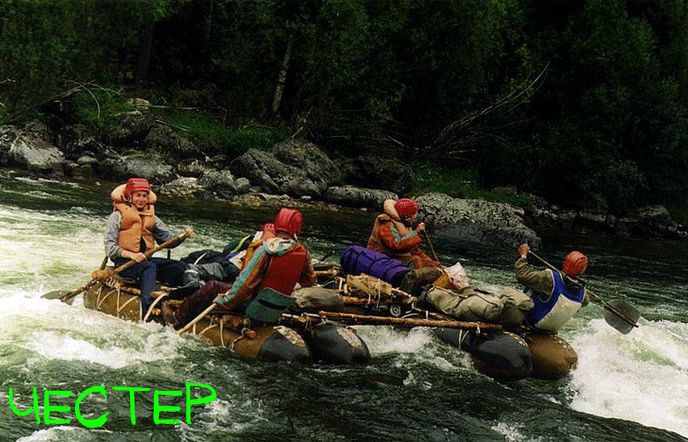 Picture of a raft on a river - Chester
Picture of a raft on a river - Chester
The inquisitive mind of a water tourism enthusiast could never rest contentedly (at least, that was the case until recently), and so hybrid constructions continually appeared.
The goal was noble: to create something lightweight, reliable, safe, and consisting only of advantages. Let’s mention just one vessel that has firmly earned its reputation—Chester (a local term prevalent in Siberia; in other regions, it may be known under another name). Chester consists of two transverse pontoons connected by a frame. Positioned on the pontoons are two rowers facing each other, using paddles akin to those used on catamarans.
Indeed, Chester fits perfectly between a raft and a catamaran: high water displacement (and thus resistance to capsizing) combined with impressive lateral maneuverability. Here is a brief overview of the construction and capabilities of different types of watercraft. Choose where you’d like to start.
But whatever you choose, believe me: water extreme tourism is a magnificent, purely male activity that tests your strength and resilience.
Video
Watch the video of rafting on a catamaran:
The Most Dangerous Sport Rafting is dangerous. But what is the most dangerous sport ? Check the Top-10 under the image.
Technology has advanced: in addition to kayaks and catamarans, you can ride an aquaskipper – you won’t regret it.
Returning to dry land – what is roller surfing ?

